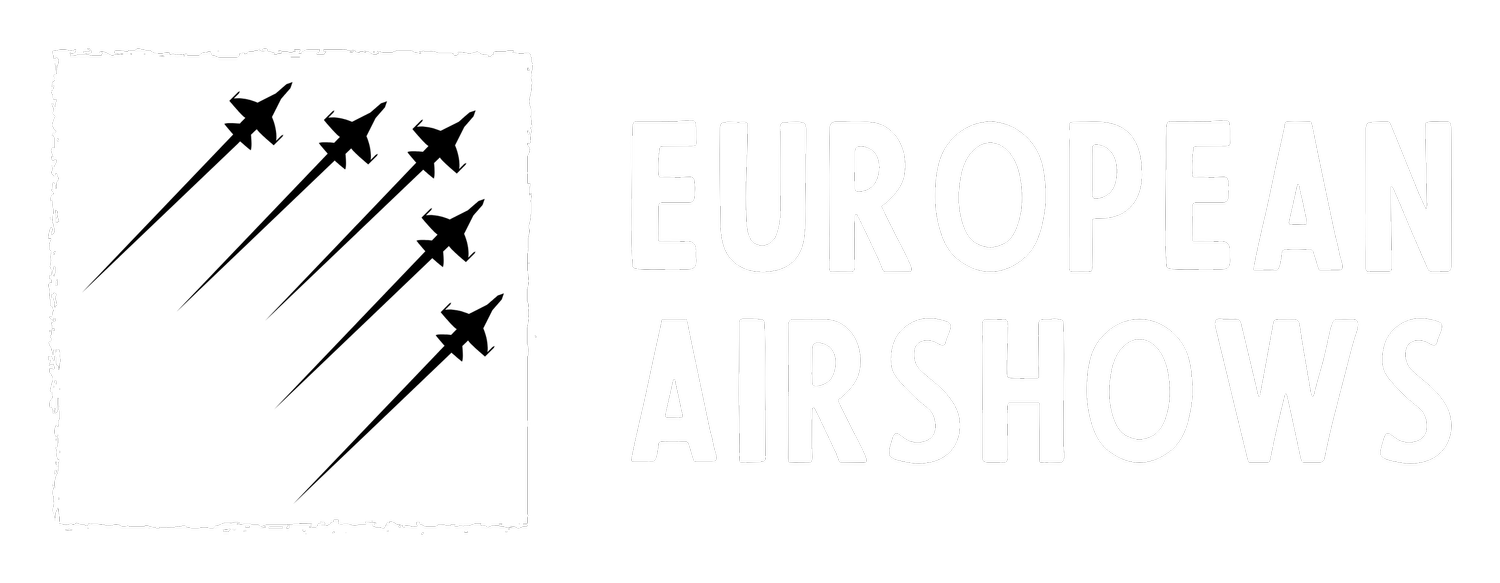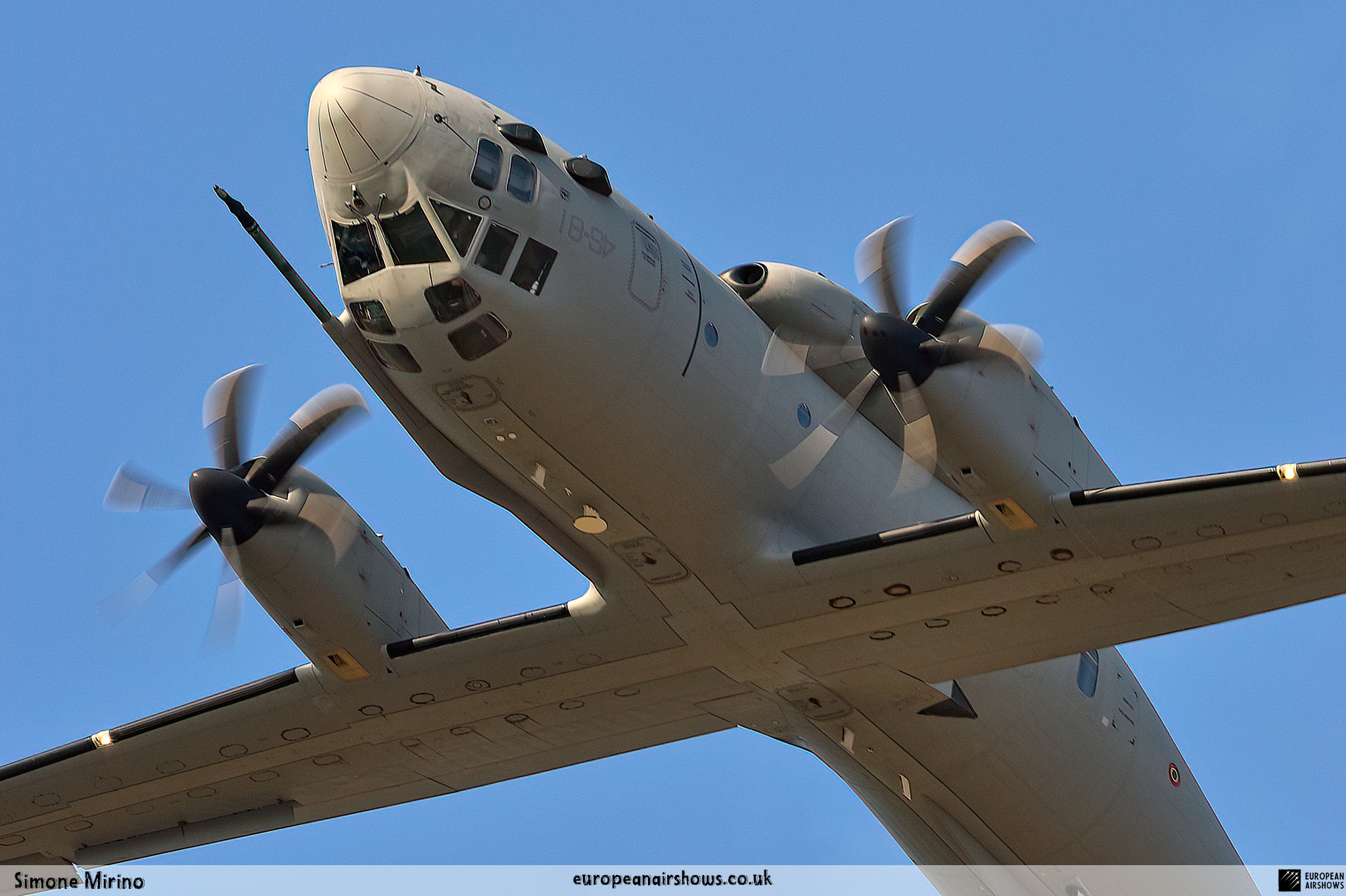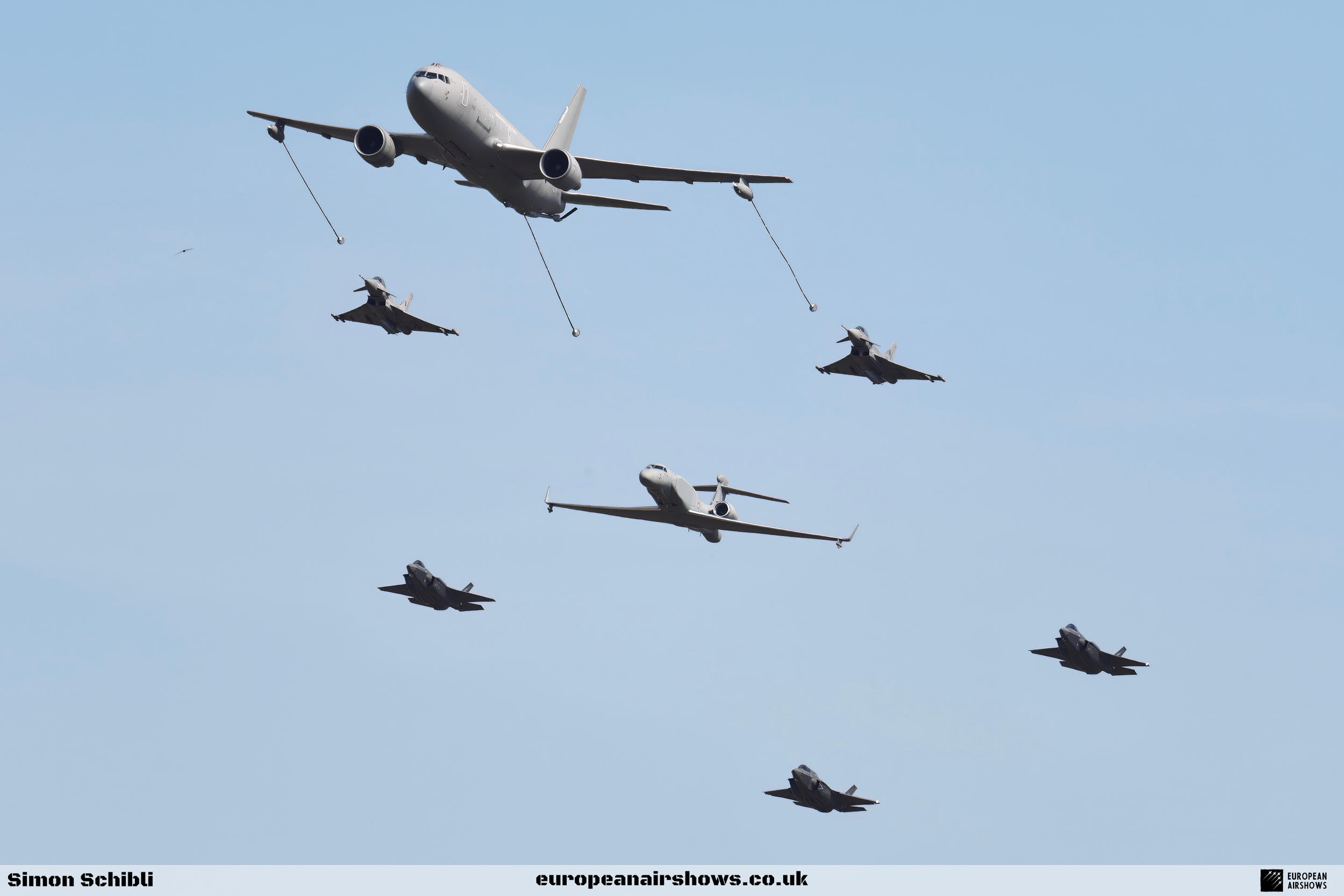
March 28 / Italian Air Force Founded
Founded 28 March 1923
Italian Air Force
The history of the Italian Air Force is a wild, sky-high adventure that stretches back to the late 19th century, when Italy first flirted with the idea of conquering the heavens. It’s a tale packed with daring pioneers, jaw-dropping firsts, and epic battles fought in some of the most extreme corners of the planet. This isn’t just a dry recounting of dates and facts—it’s a front-row seat to the evolution of one of Europe’s most dynamic air forces, from rickety balloons to sleek fighter jets that scream across the sky.
Picture this: it’s 1884, and the Italian Royal Army, or Regio Esercito, gets the green light to start dabbling in aviation. That’s right—Italy was in on the game early, setting up an air component that kicked things off with balloons stationed near Rome. These weren’t your carnival hot-air balloons; they were the first tentative steps of the Air Service, known as the Corpo Aeronautico Militare. It was humble, sure, but it planted the seed for what would become a powerhouse of military aviation. Fast forward to 1911, and Italy catapults itself into the history books during the Italo-Turkish War. Imagine the scene: an Italian pilot, peering out of a flimsy early aircraft, conducts the world’s first reconnaissance flight. Then, in a move that must have stunned everyone below, he drops bombs from the sky—the first bombing raid ever. It’s hard to overstate how huge this was. Italy wasn’t just playing with aviation; it was rewriting the rules of war.
But the Italian Air Force as we know it didn’t really take shape until March 28, 1923. That’s when King Victor Emmanuel III waved his royal scepter (or at least signed some papers) and officially created the Regia Aeronautica, or Royal Air Force. This was the moment Italy’s air force spread its wings as an independent service, ready to soar into the 20th century. The 1930s were like a warm-up lap for the Regia Aeronautica. In 1935, they flexed their muscles during the Ethiopian War, raining bombs and gaining valuable experience. Then, from 1936 to 1939, they dove into the Spanish Civil War, supporting Franco’s forces and honing their skills in real combat. These early scraps weren’t just side gigs—they were the proving grounds that sharpened the air force’s tactics for the bigger fights ahead.
And oh, what a fight was coming. World War II crashed onto the scene, and Italy jumped in on June 10, 1940, siding with Germany. The Regia Aeronautica rolled up with over 3,000 aircraft, which sounds impressive until you realize less than 60% of them were actually ready to fly. Still, these pilots weren’t about to sit on the ground feeling sorry for themselves. They took to the skies in some of the toughest theaters imaginable. One day, they’re dodging frostbite over the frozen Russian steppes; the next, they’re sweating it out in the blazing North African desert. It was brutal, and losses piled up fast. Then, on September 8, 1943, everything flipped. Italy signed an armistice, splitting the country—and the air force—in two. In the south, the Italian Co-Belligerent Air Force teamed up with the Allies, while up north, the pro-Axis Aeronautica Nazionale Repubblicana kept fighting until the war’s bitter end. It was chaos, but it showed just how resilient and adaptable these flyers could be.
When the dust settled after World War II, Italy ditched the monarchy and became a republic. The air force got a makeover too, rebranding as the Aeronautica Militare. The 1947 Paris Peace Treaty tried to clip their wings with strict limits on military power, but Italy had a trick up its sleeve. In 1949, it joined NATO as a founding member, and suddenly, the sky was the limit again. American aid poured in through the Mutual Defense Assistance Program, delivering classics like the P-47 Thunderbolt and P-51 Mustang. Then, in 1952, the jet age roared to life with the arrival of the F-84G Thunderjet and F-86D Sabre, plus some British de Havilland Vampires built under license. It was like the air force traded in its old bicycle for a rocket-powered motorcycle.
Italy wasn’t content to just borrow other countries’ toys, though. The Italian aviation industry started cooking up its own designs, and they were good—really good. The Fiat G91 was a zippy little tactical support plane that NATO countries snapped up. The Aermacchi MB-326 became a rock-star trainer, loved by air forces worldwide. Then you’ve got the Piaggio Aero P.166 and the Agusta-Bell helicopters, proving Italy could churn out versatile machines for all kinds of missions. By the 1970s, the Aeronautica Militare was hauling heavy loads with the Aeritalia G222 and the beastly C-130 Hercules, while the Aeritalia F-104S Starfighter screamed through the skies on attack and defense duties. Italy also teamed up with West Germany and the UK to build the Panavia Tornado, a fighter-bomber and air-defense beast that would serve for decades. Not stopping there, Italian firms linked up with Brazil’s Embraer to crank out the AMX International AMX, a ground-attack workhorse.
In 1990, the Iraqi invasion of Kuwait lit a fire under the air force. Italy joined the coalition, and for the first time in 45 years, Italian pilots were back in combat. It was a loud-and-clear signal that the Aeronautica Militare was a modern force to be reckoned with. Speaking of modern, those old F-104 Starfighters were getting long in the tooth, so Italy hooked up with Germany, Spain, and the UK to develop the Eurofighter Typhoon. Production delays meant they had to improvise, leasing Tornado Air Defense Variants from the UK and F-16 Fighting Falcons from the US to keep the skies covered. It was a hustle, but it worked.
Now, let’s toss in some fun stuff to spice things up. Ever heard of the Frecce Tricolori? Since 1961, this aerobatic display team has been painting the sky with Italy’s green, white, and red, wowing crowds with moves that defy gravity. They’re like the rock stars of the air force, and they’ve got fans all over the world. And let’s not forget Italy’s claim to fame from 1911—those first-ever recon flights and bombing runs. That’s the kind of pioneering spirit that puts you in the history books. During World War II, Italian pilots earned their stripes in insane conditions, from subzero Russia to sizzling North Africa. Talk about versatility.
Post-war, the air force became a NATO heavy hitter, guarding the alliance’s skies and jumping into global missions. But it’s not all about fighting. These days, the Aeronautica Militare is just as likely to be delivering aid after an earthquake or flood, or supporting peacekeepers overseas. They’ve got heart to go with their horsepower. The Italian aviation industry’s been no slouch either—the Fiat G91 and Aermacchi MB-326 were global hits, and Agusta-Bell helicopters have been lifting off for decades.
Today, the Italian Air Force is a high-tech marvel, rocking stealthy F-35 Lightning IIs and cutting-edge electronic warfare gear. From those early balloon days to now, it’s been a wild ride fueled by guts, ingenuity, and a passion for flight. Whether they’re defending Italy, dazzling crowds, or saving lives, the Aeronautica Militare keeps soaring, a living legend in the world of aviation.
Italian Air Force Facts
Home to the World-Famous Frecce Tricolori: The Frecce Tricolori, the Italian Air Force’s aerobatic team, is one of the most celebrated in the world. Their jaw-dropping displays of precision and skill, often painting the sky with Italy’s green, white, and red, showcase the elite talent of Italian pilots.
Flies the Cutting-Edge Eurofighter Typhoon: The Italian Air Force wields the Eurofighter Typhoon, a sleek, state-of-the-art fighter jet born from a European collaboration. This high-tech marvel underscores Italy’s role in shaping modern air combat technology.
A Powerhouse of Aerospace Innovation: Beyond the battlefield, the Italian Air Force drives aerospace breakthroughs. Partnering with universities and industry leaders, they’re pushing the boundaries of flight technology, ensuring Italy stays at the forefront of aviation’s future.
A Humanitarian Force in Peacekeeping Missions: The Italian Air Force isn’t just about combat—it’s a global lifesaver. From delivering aid to providing air support in conflict zones, their planes have been vital in peacekeeping missions, blending military might with compassion.
Jet Pioneers with F-84Gs and F-86Ds in 1952: In 1952, the Italian Air Force roared into the jet age, among the first to receive American F-84G Thunderjets and F-86D Sabres. This early adoption marked a bold leap into modern aerial warfare.
Boasts a Quirky Rank Like "Generale di Squadra Aerea con Incarichi Speciali": Ever heard of a generale di squadra aerea con incarichi speciali? This mouthful of a rank—translating to "air squadron general with special assignments"—is a unique feature of the Italian Air Force’s distinctive hierarchy.
Teamed Up with Brazil for the AMX Aircraft: In a rare cross-continental collaboration, the Italian Air Force joined forces with Brazil to create the AMX International AMX, a nimble ground-attack aircraft. This partnership highlights Italy’s knack for innovative teamwork.
Set Aviation World Records in the 1930s: The 1930s were a golden era for the Italian Air Force, as they shattered multiple world records in flight. These feats showcased their engineering brilliance and fearless pilots, cementing Italy’s aviation legacy.
Split in Two During World War II: After Italy’s 1943 armistice, the Italian Air Force faced a dramatic split: one faction fought with the Allies, the other with the Axis. This chaotic division turned comrades into rivals, marking a wild chapter in its history.




































